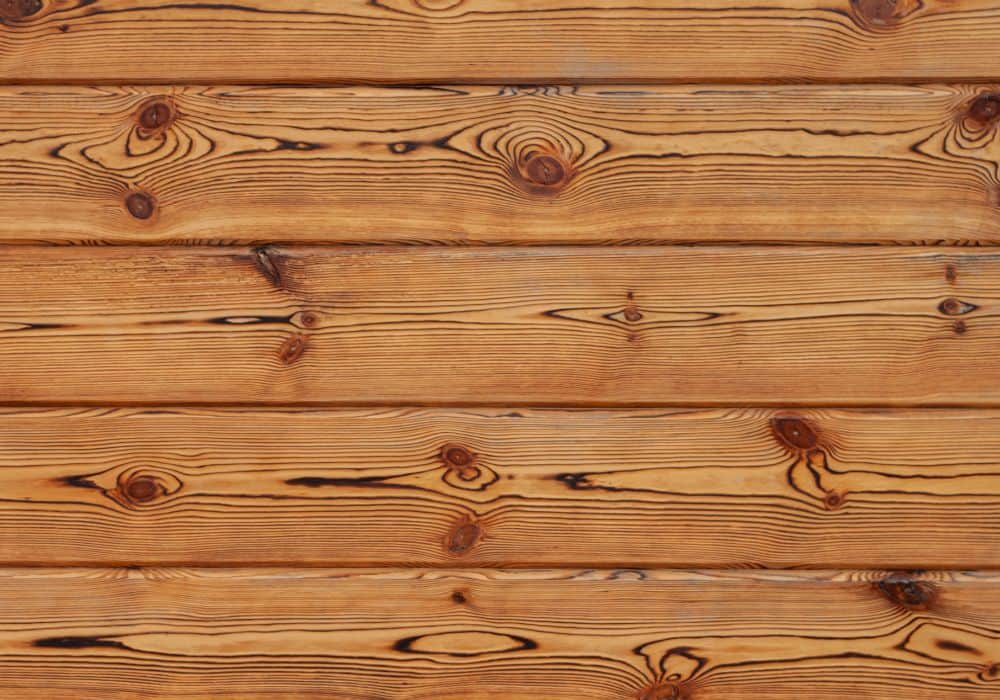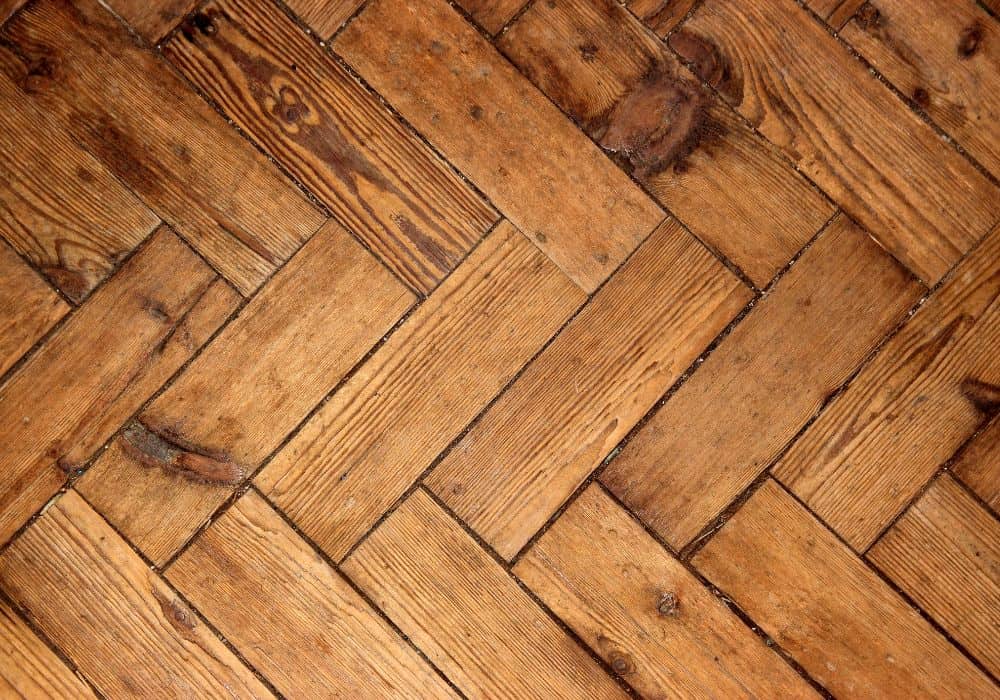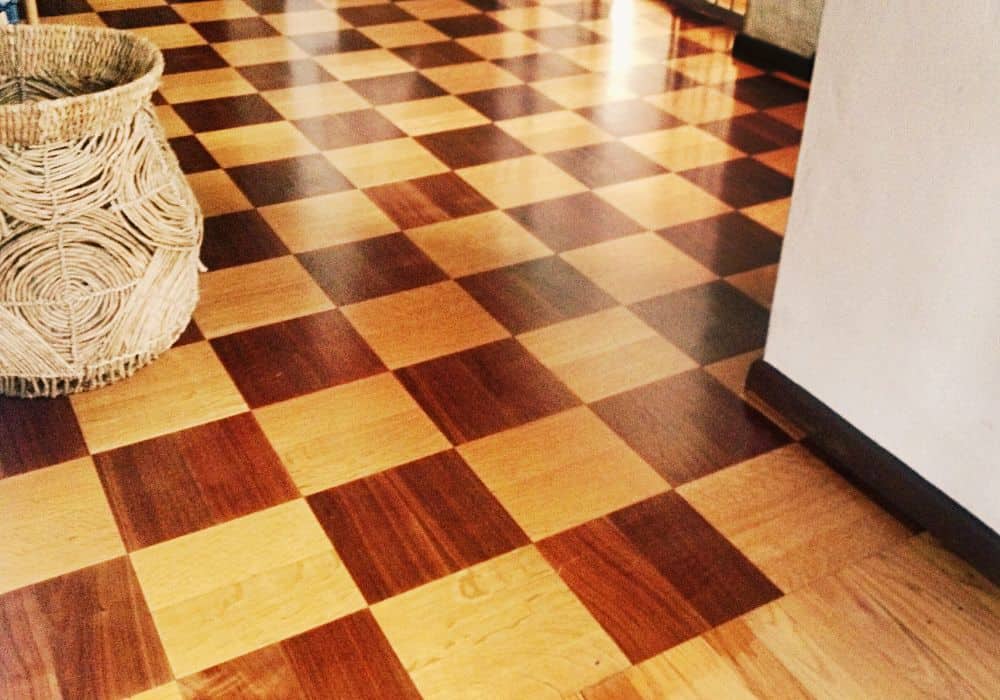Looking to upgrade your plain, boring flooring at home? Decorate your rooms with different types of wood flooring patterns that are all designed to liven up the interiors. So, here’s a collection of the best options in the market―all of which are acknowledged by architects and interior designers around the world.
Table of Contents
Why Wood is the Most Recommended Flooring Type?
Before anything else, it’s pivotal to understand that there are plenty of flooring types, from natural concrete to vinyl tiles. But even with the saturated competition, wood floors continue to be one of the most renowned choices in the construction industry.
And over the years, hardwood steadily climbs to the charts to reach the most coveted spot. And if you’re wondering why many people love hardwood, well the reasons are downright commendable. First, hardwood is incredibly durable and long-lasting. It does lose its luster even after many years.
Next up, this type of flooring is surely eye-catching, complementing all sorts of home décor ideas and themes. Lastly, solid hardwood floors add value to the home, hence more appealing among homebuyers. Therefore, many consider hardwood a great investment that would yield better ROI.
What are the Different Wood Flooring Patterns?
The popularity of wood flooring led to the creation of different patterns and styles. So, we’ve gathered some of the most stylish designs that you can make use of for your home construction or renovation.
1. Horizontal straight
First on the list is definitely the classic straight pattern that fits almost all kinds of interiors. This is a very popular choice in bedrooms and living rooms, creating a minimalistic yet sophisticated ambiance to the entire room.
From the name itself, this wood pattern follows a straight outline, with the planks laid side by side. Often than not, the boards are all elongated so they would be positioned horizontally, from wall to wall. The end result would be simple flooring without the cluster.
And of course, this kind of style would make the room look bigger and more relaxed, hence a perfect choice for those who prefer a traditional flooring vibe. Since horizontal straight patterns are quite common, there are lots of wood floor types that perfectly fit this design.
These include click-together floating, laminate, and vinyl flooring designs. Click-together floors, for one, have been on the rise lately, especially for people who want an easy installation.
It does not come with any adhesive processes like adding a nail or using glue. Instead, it comes with special add-ons so each plank fits like puzzle pieces.
Meanwhile, laminate flooring and vinyl flooring are also common for straight flooring. These are durable enough to last for decades, plus the easy installation makes them more fascinating to buyers.
2. Brick
How about a mélange of hardwood material and brick aesthetic? The design is somehow the same as horizontal strips but it takes into consideration the brick pattern. So, instead of long, straight planks, the boards mimic the look of a brick to create a classic look with a twist.
In doing so, you need to have two primary sizes―a long one and a shorter one. When you install the brick-like wood planks, alternate the materials according to their size. You can incorporate borders around the wood planks to generate a more intriguing style that would catch your guests’ attention.
Feature strips, on the other hand, could be gorgeous additions to the brick pattern as well. These solid strips come in different colors and styles, giving you the freedom to produce your own visual effect. When applying these strips, you need to fit them as tight as possible and glue them down using adhesive.
For those who want a more unique pattern, you can combine the traditional brick pattern with other complex wood designs like parquet or basket weave. Don’t worry because we will discuss these other styles on our list below.
3. Diagonal
If you want an upgrade to the traditional, straight pattern, then this is highly recommended. Diagonal is such a great alternative to highlight a modern, industrial style. It somehow outlines an illusion of a wider or longer room, hence an excellent option for small spaces.
Because of the simple yet elegant aesthetic, this pattern can be further dolled up by infusing some catchy furniture pieces with vibrant colors. Surely, you are given more room to be creative with the textures if you opt for this flooring design. A diagonal pattern seemingly follows the installation of a straight pattern.
However, the process of placing the planks can be challenging due to the design. You do not install the boards from wall to wall but rather on a corner-to-corner outline.
More so, the measurement is crucial for this kind of pattern. You need to consider the angle of the room to form an optical illusion that is pleasing to the eye. According to professionals, there should be 45-degree angles starting from the edge of the room.
Apart from the exact measurement, there would also be cutting of wood planks to achieve that diagonal look, adding up to your list of to-dos. So, although DIY installation can save you money, hiring an expert may be the best option for a seamless setup.
4. Herringbone
Appeal and stability combine into one―this is the best description of a herringbone pattern. A kind of parquet design, this technique forms a gorgeous zigzag weave that is surely meant to shift the gaze of your visitors.
While herringbone is known for its intricate and elegant pattern, you might be surprised by how functional it is when it comes to the stability of your flooring. The V-shaped weave ensures that the planks are pressed against each other, providing a more solid connection between planks.
Fascinatingly, the herringbone pattern has a rich history. According to history, this style of masonry has been used during the Roman empire for the construction of old roads. So, if you want something that would last for years or decades, the herringbone parquet is certainly an excellent choice.
To create a herringbone design, all wood planks should have 90-degree angles to form a fishbone pattern or somehow a set of arrows. Because each plank needs to follow a certain angle, then cutting the blocks precisely is crucial.
Because of the complexity of the installation, it’s suggested to let the experts do the job. But of course, you can set it up on your own as long as you stick by the rules. It may be very time-consuming, though you won’t regret the end product, which is ideal for bigger rooms.
5. Chevron
Another stunning parquet flooring is none other than a chevron pattern. This is somehow likened to herringbone because both encompass a zigzag outline. However, if you look closely, you’ll understand the difference, which lies in the measurement of the angles.
Unlike herringbone, this particular parquet pattern uses a 45-degree angle to mimic a cross-stitch style. Depending on your preference, you can lay the planks diagonally or let them face the wall. But if you prefer a roomier look, then the diagonal placement is the best option.
The chevron parquet also stems from centuries ago. It was widely used by Ancient Greek for their textiles and pottery. So, if you want to incorporate this rather historic pattern, you need extra patience and dedication. Parquet flooring designs are generally tricky, and these include chevron.
Angled cuts make it harder to position the planks on your own. Thus, if you have an extra budget, it’s best to hire an expert installer to ensure a successful installation. This also minimizes the possibility of futile work that may only add up to your expenses.
If you opt to do it manually, ready yourself as you need to verify the angles in detail. More so, gather some tools in advance, including tape measures, pencil, pull bar, jamb saw, hammer, and trowel, among others.
6. Basketweave
Moving forward, we have the basket weave style, which is such a unique flooring that continues to attract homeowners over time. Traces of basket weaves have been associated with ancient pottery as well as with the Egyptian pyramids.
The design is truly striking, consisting of multiple vertical and horizontal strands of basket patterns. And more often than not, the entire floor with basket weave style showcases a diagonal setup that adds more depth to the room.
The main element of a basket weave is the size and placement of the planks. The boards come with different widths to form a woven-like appearance. Many also opt to alternate the colors to jazz up the vibe, perhaps from dark to light or vice versa.
Creating the patterns, however, needs expertise. It’s like manually creating baskets―but instead on a flat surface where relevant resources are needed like nails or adhesives. Simply said, this particular pattern is not a walk in the park. It’s something that would require great craftsmanship
Thus, you need to let the professional do the installation to ensure successful work. It may be an added expense, but it’s definitely the most practical choice, considering the level of difficulty.
7. Checkered
The checkered floor design is another impressive style that you may want to try for your room. These lay out a breathtaking set of square basket patterns that is somehow similar to basket weaves but with a different placement. Instead of a diagonal, it follows a straight pattern to form a checkered style.
Featuring both uniqueness and elegance, checked floors have always been popular, particularly in New York City during the mid-century. And of course, this trendy pattern never goes out of style―it’s timeless. On top of that, checkered floors are also quite popular in the tile industry.
Although these wood designs are gorgeous and charismatic, creating the design might be tricky. The process itself is a long one, from altering the sizes to contrasting boards. Plus, you need to be very attentive to the placement of the wood planks.
If you don’t want to go through the tedious installation, don’t hesitate to reach out to an expert. Hiring them surely helps in saving you time from doing the work. Not only that but you won’t have to deal with the physical stress that comes from the cutting and placing of planks.
8. Random
Random flooring design completes our list of wood floor patterns. And when we say random, it means a mix-and-match of styles, colors, and sizes. It’s all up to you! If you’re not ready to be experimental with all the elements, you may start with the mixed-width pattern.
Combine different plank dimensions and try to create something that you like. This is your chance to unleash your creativity, so get going, and don’t be afraid to let your imaginations run wild. Another option would be to add paint. This is such a great technique to add character to your room.
Bleaching wooden floors is another thing. It’s a nice way to liven up old wood floors and give them a new, vibrant look. And if you’ve got some furry friends in the house, then there are certain paints that can provide an extra layer of protection from scuffs and scratches.
What are Some Remarkable Hardwood Species?
Whether you go for a classic look or a unique pattern, you should also take into account the material used for the solid wood. There are several wood species available, each of which comes with certain features that make them distinct. And if you’re unsure what to choose, below are the best options for your home.
- Oak
- Walnut
- Maple
- Cherry
- Mahogany
- Teak
- Jarrah
- Bamboo
When choosing from the list above, there are certain factors that should be your priority. Ideally, the wood must be durable, long-lasting, scratch resistant, and appealing. The ranking of these elements, however, depends on the requirements of the room as well as your preference.
Conclusion
With the abundant choices at hand, you need to be thorough with the process. But one thing’s for sure― picking the right type of wood and pattern is definitely subjective. It all boils down to what you need and what you like. So, take your time and evaluate the key areas accordingly before you make your decision.


